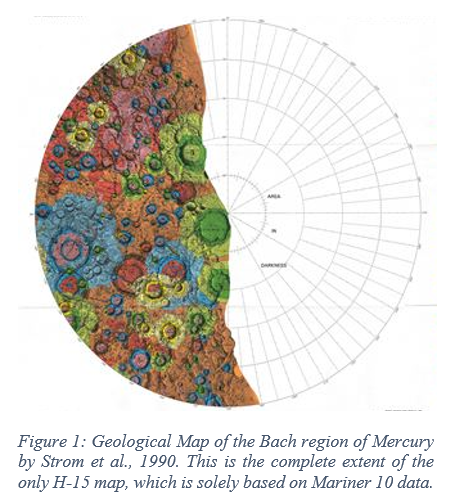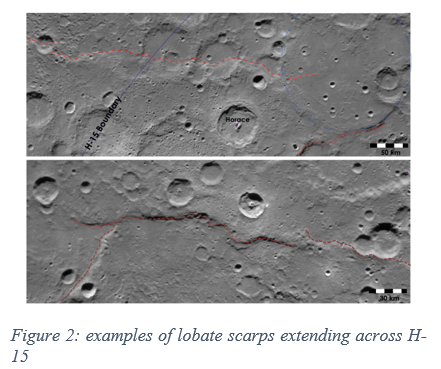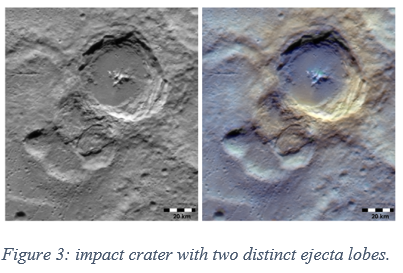Geological Mapping of Mercury’s South Polar Quadrangle (H-15)
- 1The Open University, Milton Keynes, MK7 6AA, United Kingdom
- 2Université de Nantes, Laboratoire de Planétologie et Géodynamique, France, 44322
Introduction: Mercury is divided into 15 quadrangles, and the one yet to be mapped using NASA’s MESSENGER mission data is the Bach quadrangle (H-15) at Mercury’s south pole. This region encompasses everything from 65 ° poleward. Prior to this project, the only published map of this quadrangle is at 1:4.3M scale, based on Mariner-10 imaging at 0.5 km per pixel or worse resolution, and covers less than half of H15 (Fig 1). It includes patches of a ‘very smooth plains’ unit that was not mapped elsewhere on Mercury at the time. Our inspection of MESSENGER image data suggests that some of these patches are additional examples of topographically/tectonically confined late-stage lavas recently tentatively identified further north, consistent with a drawn-out waning phase of effusive volcanism. We aim to produce a detailed 1:3M resolution geological map and interpret the geology of H-15, tying it in to the ongoing mapping of quadrangles H-11 and H-14 bordering it. This is essential preparation for planning more detailed studies using BepiColombo.

Alongside the geological mapping, this project aims to analyse polar tectonic features that are largely invisible in the north polar region (possibly because of flooding by the smooth plains of Borealis Planitia). This will involve comprehensive investigation of the nature, distribution and cause of the abundant south polar tectonic features and will use multiple illumination angles so as to limit illumination bias.

Our initial reconnaissance of the quadrangle has led to the identification of lobate ejecta forms extending from impact craters. Such craters with ejecta flows are rare on Mercury and in H-15 exclusively originate from the rims of fresh craters, propagating into interiors of older craters. The example with the most distinct lobes exhibits two discrete lobes with steep fronts, spectrally bright material around the crater rim and bluer impact melt on the larger of the two lobes (Fig 3). Comparisons can be drawn between the morphology of these lobate ejecta and ejecta deposits of the Hokusai crater (Barnouin et al., 2015)[1] and the Tsiolkovskiy crater on the Moon (Boyce et al., 2020)[2]. We find that formation of these ejecta flows is topographically controlled, and favour the conclusions of Barnouin et al. (2015) and Xiao and Komatsu (2013)[3] that these are fluidized ejecta deposits, although the nature and role of crustal volatiles is currently unclear.

References: [1] Barnouin et al. (2015) LPSC 46, 2672. [2] Boyce et al. (2020) Icarus 337, 113464. [3] Xiao, Z. and Komatsu, G. (2013) Planet. Space Sci. 82, 62–78.
How to cite: Lennox, A., Rothery, D., Wright, J., Balme, M., and Conway, S.: Geological Mapping of Mercury’s South Polar Quadrangle (H-15), Europlanet Science Congress 2021, online, 13–24 Sep 2021, EPSC2021-737, https://doi.org/10.5194/epsc2021-737, 2021.

